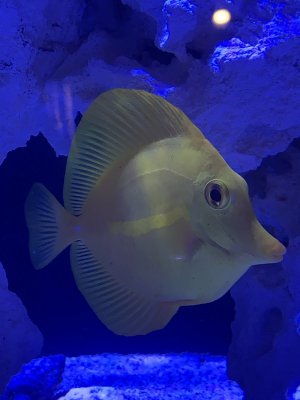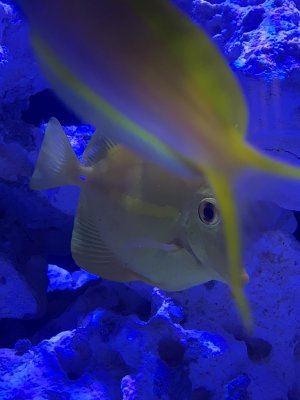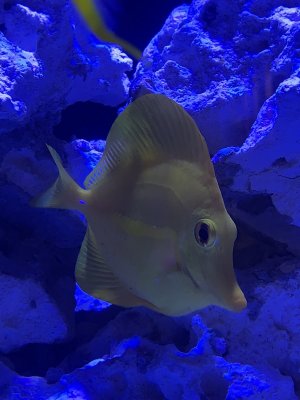Hey guys,
I have been reading a lot of black ich or tang disease.. I noticed some black tiny spots all over my yellow tang. I dosed some prazipro last night and now it’s close to 24 hrs and they are still there. I dosed at the proper dosage... could it not be black ich??
He is acting normal - no scratching - eating well.
See pics. Any help is appreciated.



I have been reading a lot of black ich or tang disease.. I noticed some black tiny spots all over my yellow tang. I dosed some prazipro last night and now it’s close to 24 hrs and they are still there. I dosed at the proper dosage... could it not be black ich??
He is acting normal - no scratching - eating well.
See pics. Any help is appreciated.

















